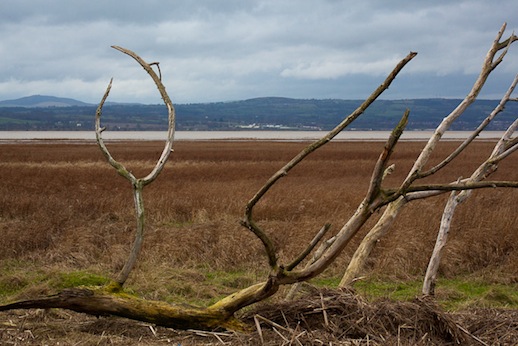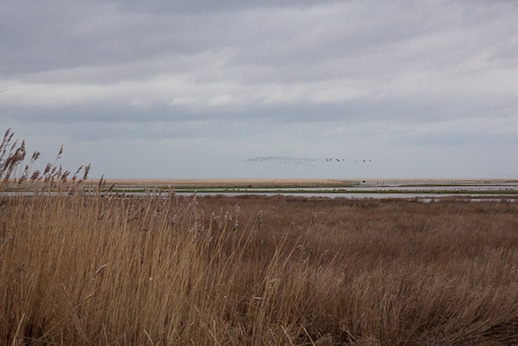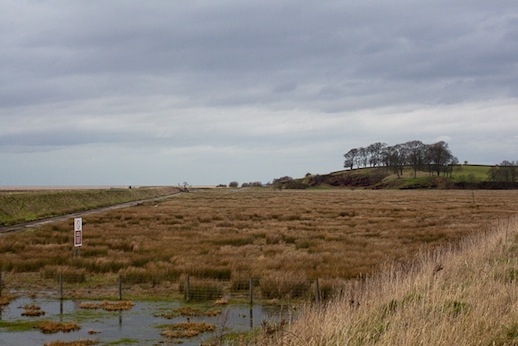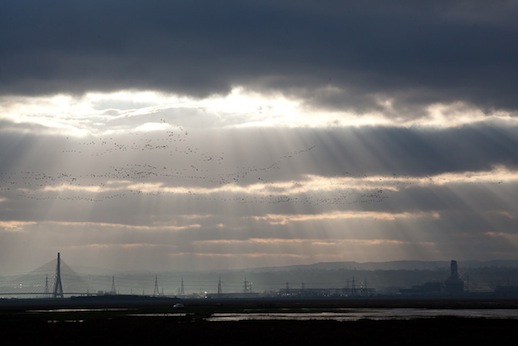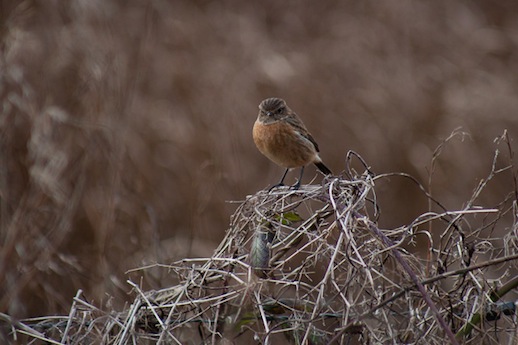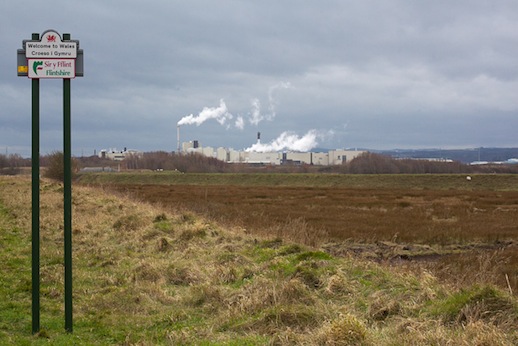An unwelcome modern intrusion into one of his favourite wildernesses takes Richard Carter on an unplanned medieval journey in reverse.
alle þe iles of anglesay on lyft half he haldez
and farez ouer þe fordez by þe forlondez
ouer at þe holy hede til he hade eft bonk
in þe wyldrenesse of wyrale wonde þer bot lyte
þat auþer god oþer gome wyth goud hert louied
[All the isles of Anglesey on his left side he holds,
And fares over the ford by the forelands,
Over by the Holy Head, until he again had the shore.
In the wilderness of Wirral dwelt there but few
That either God or man with good heart loved.]
—Unknown author, Sir Gawain and the Green Knight
The Wirral peninsular has changed a lot since Gawain crossed the Dee Estuary from Wales to land on its western shore on his quest for the mysterious Green Knight. The wyldrenesse of the late-fourteenth-century alliterative poem has been tamed. Once a royal hunting forest and the haunt of ruffians, the northern, Merseyside, half of the peninsular has been urbanised and suburbanised beyond recognition, while the southern, Cheshire, half is mostly villages, fields and winding hedgerows. Gone are most of the trees through which, according to one old local proverb:
From Blacon Point to Hilbre,
A squirrel might leap from tree to tree.
Even the River Dee has changed. The artificial diversion of its channel towards the Welsh side of the estuary, in an eighteenth-century attempt to improve access upriver to Chester, led to accelerated silting on the English side. What was once river is now extensive salt marsh.
I was born and raised on the Wirral, and return there from Yorkshire once a week to visit my dad. I usually take the opportunity to stop off en route at one of my favourite places: the marshes at Burton. The Dee Marshes are the closest you’ll come to wyldrenesse on the Wirral these days, stretching as far as the eye can see, north west, out towards Hilbre Island, Liverpool Bay, and the Irish Sea. To the west, the familiar Clwydian Hills seem perversely remote: a different country, in more ways than one.
Burton Marshes
I love the marshes at Burton because of the solitude. You can drive up to them, wind down your window, and just sit in your car, gazing out into the flatness, your thoughts accompanied only by the bleating of sheep and the rasping of grasshopper warblers. Or, if you’re feeling adventurous, you can get out of your car and take a short walk along the edge of the marsh, taking care not to stray into the military firing range. You might be only a couple of minutes’ walk from the nearest railway station, but it feels as if you’re in the middle of nowhere. The place oozes remoteness. Or it did, until they built the cycle path.
I need to be careful what I say about the cycle path. One of my oldest and closest friends works for one of the charities that campaigned to have it built. And cycle paths are an extremely good thing, I’m told. But the new one skirting the Dee Marshes, linking the Wirral to North Wales, has undoubtedly intruded on the solitude of the place. The burbling of curlews and the arcade-game whooping of lapwings is now accompanied by the get-out-of-my-way trilling of bike bells, and the stentorian calls of cyclists in Lycra™-clad conversation. And the improved access has, quite understandably, attracted the local dog-walkers. And a (very nice) new café has opened to cater for the elevated passing trade. It’s been a huge hit, I guess. Unless you’re a grumpy introvert in search of an hour or two’s peaceful reflection.
To be fair, it’s not just the cycle path. The modern world encroaches on the marshes to the south. Two power stations, a suspension bridge, a steel works, a paper mill. They’re not of this place, being over the border in Wales, yet they somehow form part of the wilderness:unpeopled, even though people must surely be over there somewhere.
Burton Point
Geese over the Dee Marshes
The modern world’s encroachment recently opened a second front. Out beyond hidden Hilbre, a swarm of wind-turbines flails impotently over the camber of the earth: alien verticals in this horizontal landscape. And now there’s talk of Underground Coal Gasification beneath the marshes themselves—whatever the hell that might be.
And yet, for all these modern impositions, this place still feels like my idea of wilderness. You can still gaze out across the marshes and find solitude and tranquility. There is still magic here. Thousands upon thousands of geese still smudge the mid-distance skies in winter, bringing a far-north chill to the air with their plaintive voices. This winter’s storm-surges introduced huge, temporary lakes to the marshes, driving away the flocks of grazing sheep, bringing nearer the flocks of geese, lapwings, wigeon, linnets and wagtails. Suddenly, the marshes began to feel a lot more, well, marshy. If you’re lucky, and you hang around a while, you might even catch a glimpse of the odd peregrine, short-eared owl, or marsh harrier. But I’m just as thrilled to spot a few stonechats.
Stonechat
Recently, I took a walk south, along the edge of the marsh, past the iron-age promontory fort at Burton Point to the entrance to the Ministry of Defence rifle-range at Sealand. (Sea-Land: how apt a name is that for a site claimed from a silted estuary?) I usually turn back at this point, but, on this occasion, I decided to put indignation to one side and follow the raised trackway of the new cycle path for a couple of hundred metres across some marshland until it became a metalled track running alongside the railway line. In so doing, I left thewyldrenesse and entered the industrial edgelands. It was a different kind of place. Different, but I was glad I’d come.
And then, suddenly, and far sooner than I imagined, I found myself crossing the border into North Wales. Quite unplanned, I had done a Gawain in reverse.
It was only as I was heading back into England, back into thewyldrenesse of Wyrale, that the thought occurred to me: I would never have made this journey, were it not for the new cycle path.
Welcome to Wales
Visit Richard’s site here
